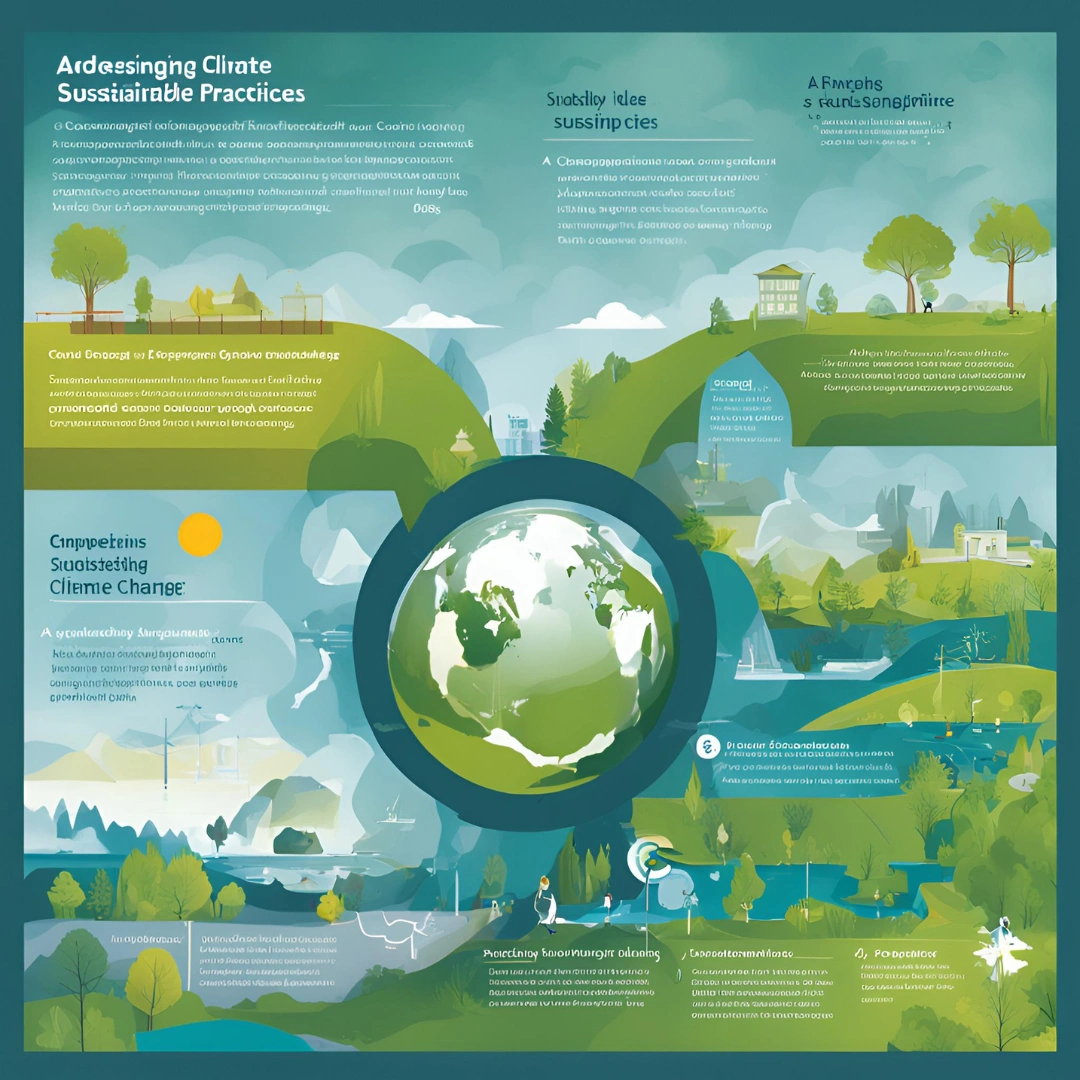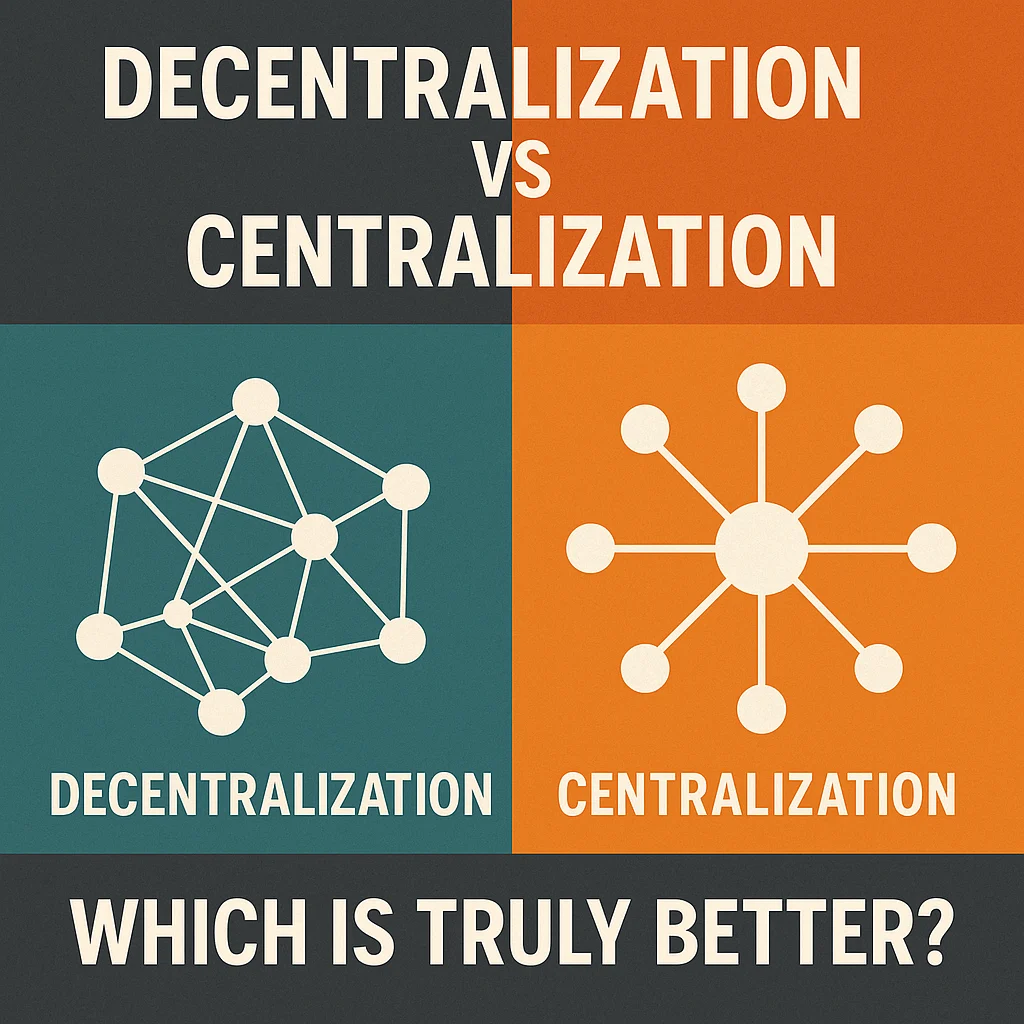One of the most important issues facing the world today is climate change, which has a profound effect on economies, people, and ecosystems. We examine the origins and consequences of climate change in this extensive guide, along with the significance of implementing sustainable behaviours to lessen its effects. Come explore the technologies and solutions promoting positive change towards a more sustainable future, from carbon offsetting to renewable energy.
Understanding Climate Change
Causes of Climate Change
Human activity, such as the combustion of fossil fuels, deforestation, industrial operations, and agricultural practices, is the main cause of climate change. As a result of these activities, the atmosphere is filled with greenhouse gases that trap heat and cause global warming, such as carbon dioxide (CO2), methane (CH4), and nitrous oxide (N2O).
Effects of Climate Change
Widespread and severe effects of climate change include increased temperatures, intense weather, rising sea levels, dwindling biodiversity, and disturbances to food chains and ecosystems. These effects disproportionately affect vulnerable people, especially those in low-income nations and coastal areas.
Embracing Sustainability
Transition to Renewable Energy
Diving into renewable energy sources like solar, wind, and hydropower in place of fossil fuels is crucial to cutting greenhouse gas emissions and halting global warming. Infrastructure and technology investments in renewable energy can boost economic growth, increase employment, and enhance energy security.
Sustainable Agriculture and Land Use
Regenerative farming, organic farming, and agroforestry are examples of sustainable agriculture techniques that can help retain carbon in soils, stop deforestation, and increase biodiversity. Sustainable land management techniques can also improve water conservation, soil health, and climate change resilience.
Circular Economy and Waste Reduction
Recycling, reusing, and repurposing materials as part of a circular economy model can cut down on waste production and have a positive environmental impact. The environmental impact of consumer products and industrial processes can be reduced by adhering to the reduce, reuse, and recycle principles.
Carbon Offsetting and Sequestration
Investing in initiatives that offset or capture greenhouse gas emissions is known as carbon offsetting, and it is used to make up for emissions that are created elsewhere. These initiatives include renewable energy projects, carbon capture and storage (CCS) projects, and afforestation and reforestation programmes. With the use of carbon sequestration technology, CO2 can be securely stored underground or in natural ecosystems instead of being released into the atmosphere.
Innovations in Sustainability
Clean Technology and Innovation
The transition to a low-carbon future is being fueled by developments in clean technology, such as smart grid systems, energy-efficient appliances, and electric cars. Accelerating the shift to a sustainable economy requires innovation and research in clean energy, sustainable materials, and green infrastructure.
Sustainable Fashion and Consumer Choices
The fashion industry is progressively adopting sustainable practices by implementing programmes like circular fashion models, eco-friendly materials, and ethical manufacturing methods. By adopting minimalist lifestyles, decreasing clothing waste, and supporting sustainable products, consumers may also make a positive impact on sustainability.
Green Finance and Investment
Green finance programmes, like climate-aligned financing, green bonds, and sustainable investing, are directing funds into environmentally friendly enterprises and projects. The shift towards a low-carbon economy is mostly driven by investors, banks, and financial organisations who provide funding for eco-friendly projects.
Collective Action and Advocacy
Policy and Governance
Strong policy and international, national, and local governance are necessary for effective climate action. To encourage sustainable activities and hold polluters responsible, governments need to adopt strong climate policies, set emission reduction goals, and put legislation into place.
Corporate Responsibility
It is the duty of businesses to lessen their environmental effect, implement sustainable practices, and incorporate climate change into their supply chains and daily operations. Companies may track and lower their emissions with the aid of corporate sustainability efforts like carbon footprint assessments and sustainability reporting.
Community Engagement and Education
To increase public knowledge of climate change, give people the confidence to take action, and promote a sustainable culture, community participation and education are essential. Local communities can be mobilised and good change can be pushed by grassroots action, public outreach efforts, and educational activities.
Sustainable Transportation
Electric Vehicles (EVs)
Making the switch to electric cars is essential to decarbonising the transportation industry. By reducing emissions and reliance on fossil fuels, electric vehicles (EVs) help to reduce air pollution and mitigate climate change.
Public Transportation and Active Mobility
Investing in public transportation infrastructure, such bike lanes, trains and buses, encourages environmentally friendly modes of transportation and lowers carbon emissions from private automobiles. In addition to lowering automobile congestion and improving urban air quality, walking, cycling, and carpooling are encouraged.
Climate Resilience and Adaptation
Resilient Infrastructure
Creating resilient infrastructure can help communities prepare for the effects of climate change, such as increased sea levels and extreme weather. Examples of this infrastructure include green roofs, permeable pavements, and flood defences. Resilient infrastructure lowers the risk of disasters, improves safety, and safeguards ecosystems.
Nature-Based Solutions
Reforestation, wetland restoration, and coastal protection are examples of nature-based solutions that use the power of the natural world to improve resilience and lessen the effects of climate change. These solutions have several advantages, including as ecosystem services, biodiversity preservation, and carbon sequestration.
Climate Justice and Equity
Environmental Justice
Environmental justice promotes equitable treatment and meaningful participation of all individuals in environmental decision-making and policy implementation, irrespective of their ethnicity, socioeconomic status, or geographic location. Achieving climate justice requires addressing environmental injustices and giving disadvantaged people priority.
Global Solidarity
Socially and economically marginalised people and poor nations are disproportionately impacted by climate change, which exacerbates already-existing disparities. Supporting disadvantaged communities, providing climate finance, and ensuring a fair transition to a low-carbon economy all require international solidarity and cooperation.
Conclusion
A comprehensive strategy that incorporates adaptation, fairness, innovation, mitigation, and mitigation of climate change is needed to address the issue and advance sustainability. We can work together to address the climate catastrophe and create a more sustainable and resilient world for coming generations by embracing sustainable transportation, boosting climate resilience, advancing equality and justice, and strengthening advocacy and education. Let's work together to take decisive action to safeguard the environment and guarantee a thriving and just future for everybody.





Leave a Reply